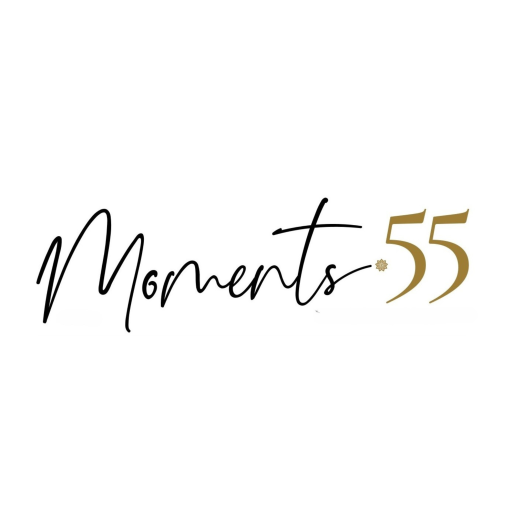Archaeology is sexy!
Four years ago, I cursed myself for my stupidity – causing my car to take this dusty carriage road that I suspected didn't even lead in the right direction. We passed the hot mineral springs of Rupite and the parking lot of the campers.
After two more turns, we still ended up in the right place – the ruins of Heraclea Sintica.
A simple work ground on an archaeological site. Square trenches of varying depths, humps of wall remnants wrapped in polythene and the usual hastily rigged shack in which to hide from the hellish August sun.
The moment we were ready to head back, a visibly tired assistant from the Petrich Museum appeared. He was apparently doing the job of a security guard too. He showed us all the exhibits found and arranged hurry-scurry – pieces of capitals, culverts, and a few decapitated statues.
The found toe of a statue's foot impressed us with its size. Proportionally calculated, the whole figure would have been about 4 m tall and most likely depicted the town's patron Heracles. The kings of the Macedonian dynasty descended from him, or so they wished it to be. It was Philip II of Macedon, the father of Alexander the Great, who invested a lot of money in the town.
The guide also showed us why it is certain that this is the Heraclea of the Sinti – the local Thracian tribe (Heraclea Sintica) – an inscription found during the excavations. The town was a flourishing centre of various local and foreign cultures – Thracian, Illyrian, Macedonian, and even Celtic. Later they were fused into the cauldron of Hellenism and the Roman Empire. With the flowering of Christianity and after several destructive natural cataclysms, the town finally faded away in the 6th century. To rise on all media channels in Bulgaria and Europe in the summer of 2024.
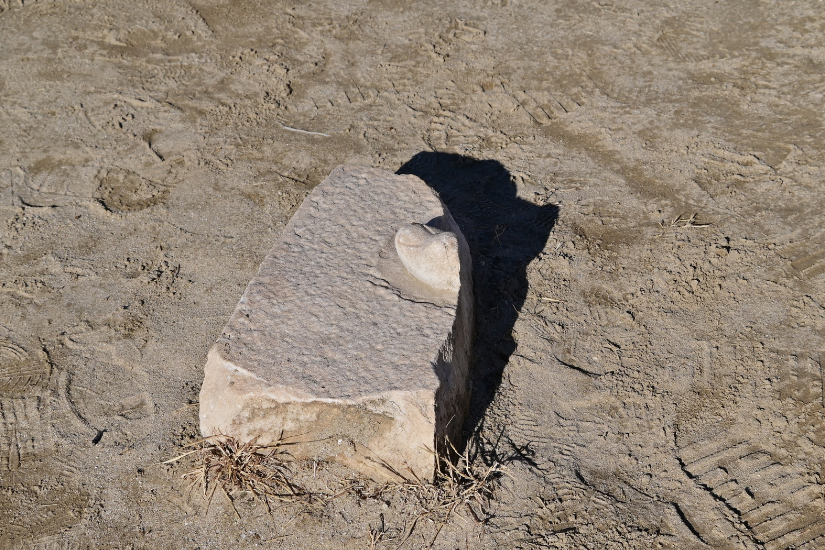

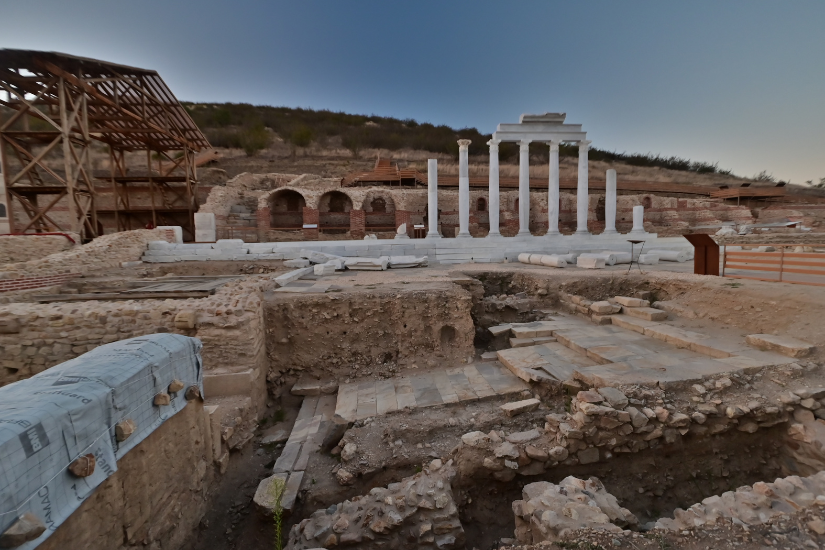
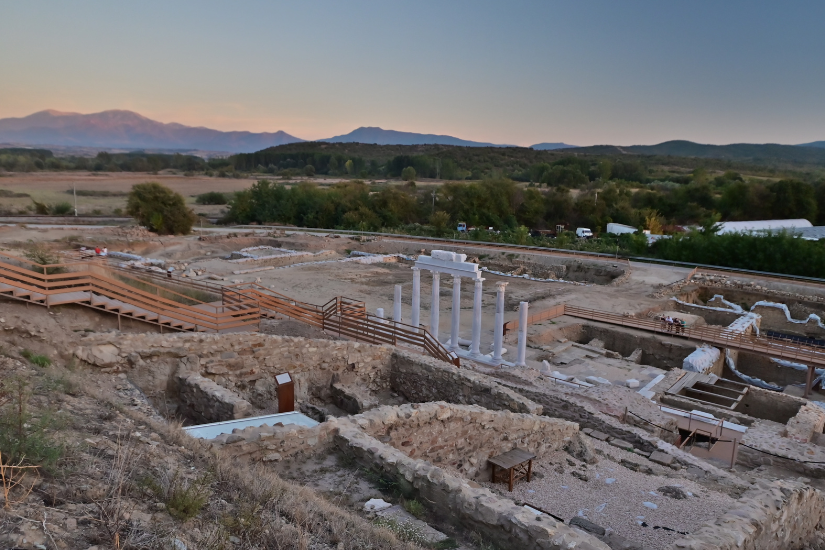



Working in the main tunnel of the town's central Roman-era sewer (cloaca maxima), specialists came across the well-formed buttocks of a life-size marble male figure. The body of the lightly dressed young man even had a head preserved! At the end of the season, a new marble butt surprised the workers. There is still no definite opinion as to whether these are figures of Hermes or one of the Roman emperors, benefactors of the town.
The two beauties are already in the Petrich History Museum. One is subjected to proper spa treatments – his stony skin is cleansed of layers of millennia-old forgetfulness. The other will travel escorted to what was known in his lifetime as Serdika, now Sofia, where he will undergo aesthetic procedures, most notably a head taping.

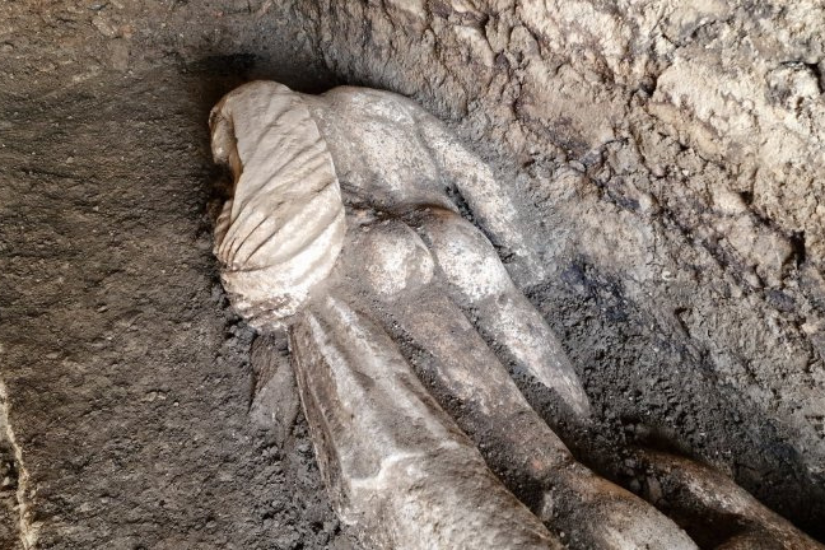
These exciting discoveries made us want to visit the place again. It was amazing! It is now accessed by a paved road that ends with a parking lot. The old shack has been replaced by a modern information centre where you can also see a three-dimensional model of the already explored central part of the town. Several full-size replicas of the ancient columns that once encircled the merchant's gallery are erected on the forum.
A multi-storey building has been reconstructed, where you can also see models of the construction machines used by the ancient craftsmen. Comfortable paths with stairs and bridges have been constructed to safely walk around the terraced terrain and explore all the sites. And they're just a tiny part of what's hidden beneath Kozhuh – the area has been scanned and imaged with LIDAR technology, showing that surprises are yet to come.

